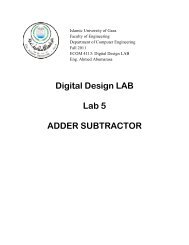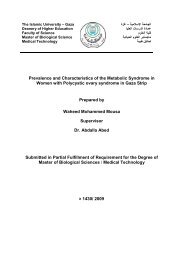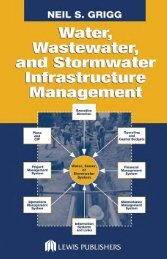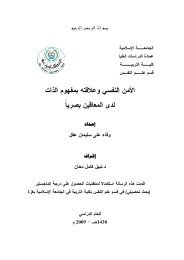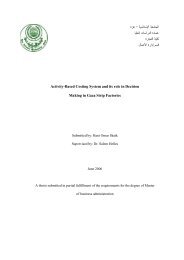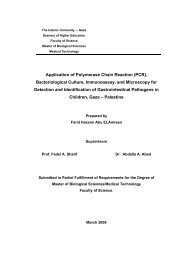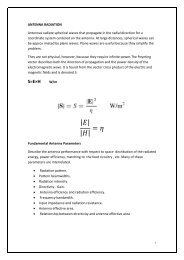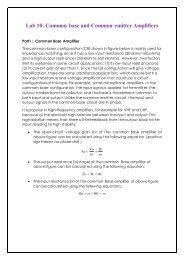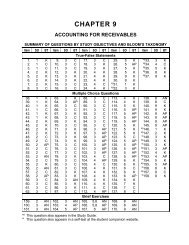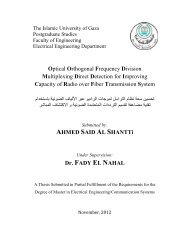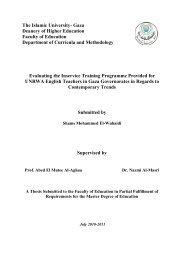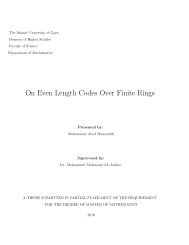A prActicAl guide Benchmarking in european Higher education
A prActicAl guide Benchmarking in european Higher education
A prActicAl guide Benchmarking in european Higher education
You also want an ePaper? Increase the reach of your titles
YUMPU automatically turns print PDFs into web optimized ePapers that Google loves.
Bus<strong>in</strong>ess process reeng<strong>in</strong>eer<strong>in</strong>g (BPR)<br />
Bus<strong>in</strong>ess process reeng<strong>in</strong>eer<strong>in</strong>g (BPR) differs from the previous models of<br />
quality assurance <strong>in</strong> that it is less about sett<strong>in</strong>g aims (as EFQM) or <strong>in</strong>dividual<br />
tools and processes (as ISO 9000 and TQM) but more about <strong>in</strong>ternal processes.<br />
Its major question is how an organisation can best design its processes<br />
to achieve its aims. The approach is one of radical revolution to stop<br />
do<strong>in</strong>g th<strong>in</strong>gs ‘because that is how they always have been done’ and reconsider<br />
their use. While often criticised as a managerial, control-oriented<br />
approach with the aim to downsize organisations, the positive po<strong>in</strong>t for higher<br />
<strong>education</strong> <strong>in</strong>stitutions may be that it directs attention to the actual, <strong>in</strong>ternal<br />
operation of the <strong>in</strong>stitution (and consequently to the organisation that<br />
performs the operation). In that sense it sets the stage for benchmark<strong>in</strong>g.<br />
Application of <strong>in</strong>dustrial models to higher <strong>education</strong><br />
<strong>in</strong>stitutions<br />
A major conclusion from the <strong>education</strong>al literature is that although it may<br />
be too categorical to still call the learn<strong>in</strong>g process ‘opaque’ (Scheerens,<br />
1987), still our knowledge of it rema<strong>in</strong>s limited. Moreover, learn<strong>in</strong>g rema<strong>in</strong>s<br />
an <strong>in</strong>dividual process for each learner/student and it is only partly dependent<br />
on teach<strong>in</strong>g. It is difficult enough for quality assurance models to get<br />
close to the teach<strong>in</strong>g process, but to the extent that they do, they still only<br />
help map, protocol, design, implement, evaluate and improve processes<br />
around learn<strong>in</strong>g, but not the ‘creative moment’ of the teacher ignit<strong>in</strong>g a<br />
spark <strong>in</strong> the student’s m<strong>in</strong>d.<br />
Industrial quality assurance models, with their strengths <strong>in</strong> management<br />
processes and their adaptation to more standardised production processes,<br />
<strong>in</strong>clud<strong>in</strong>g those <strong>in</strong> the service <strong>in</strong>dustry, may be more applicable to ‘standard’<br />
services with<strong>in</strong> higher <strong>education</strong> <strong>in</strong>stitutions, e.g. student adm<strong>in</strong>istration,<br />
counsell<strong>in</strong>g, library and ICT-services.<br />
Of all forms of external quality assurance, professional discourse, i.e. peer<br />
review, may get closest to the core of the work <strong>in</strong> higher <strong>education</strong>: teachers<br />
share their views on <strong>education</strong> with colleagues and <strong>in</strong> this way may stimulate<br />
reflection on the daily work (Schön, 1983, 1987) and help spread good practices.<br />
A Practical Guide - <strong>Benchmark<strong>in</strong>g</strong> <strong>in</strong> European <strong>Higher</strong> Education<br />
27



